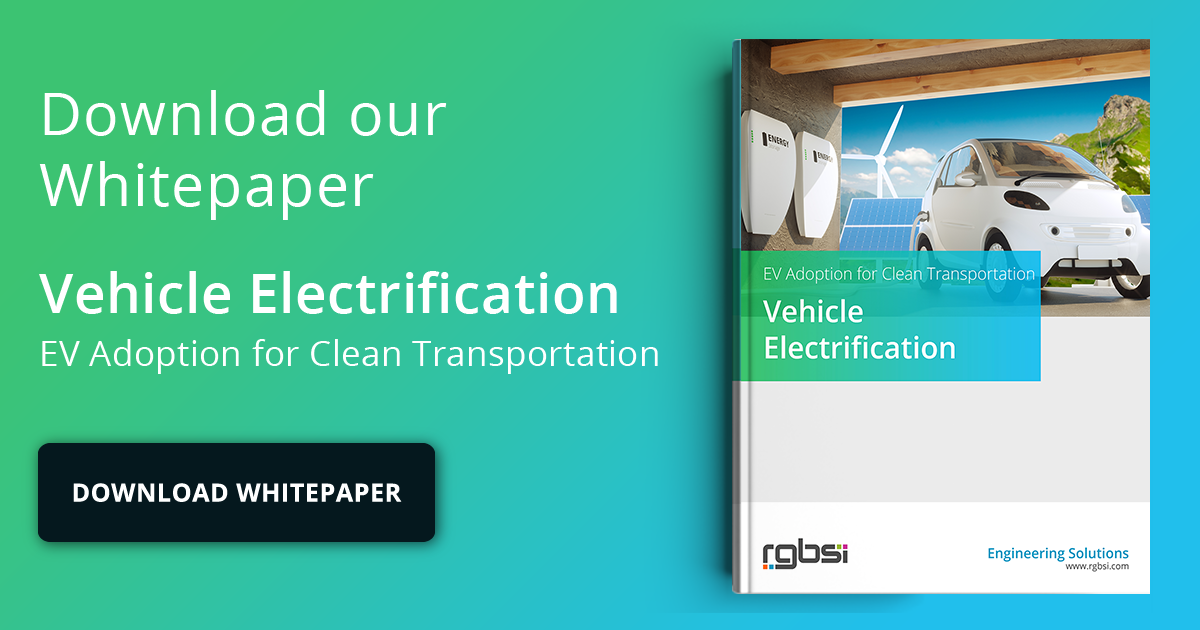
The transportation sector is a major contributor to global greenhouse gas emissions, making sustainability a focal point. The adoption of smart technologies is driving the shift towards more sustainable transportation systems.
By reducing emissions, improving fuel efficiency, and supporting green initiatives, smart transportation products are paving the way for a greener future. This blog explores how intelligent transportation systems (ITS), advanced driver assistance systems (ADAS), telematics, and renewable energy integration are key to building sustainable transportation.
Emission Reduction: How ITS and Telematics Help Lower Emissions
Intelligent Transportation Systems (ITS)
Intelligent transportation systems (ITS) are vital in reducing emissions by optimizing traffic flow and minimizing congestion. ITS utilizes advanced communication technologies and data analytics to manage traffic in real-time. For instance, adaptive traffic signal control systems adjust the timing of lights based on current traffic conditions, reducing idle time for vehicles. This keeps traffic moving smoothly, decreasing fuel consumption and lowering emissions.
Additionally, ITS enhances the efficiency of public transportation systems. Real-time tracking and predictive analytics help transit authorities optimize bus and train schedules, reducing wait times and improving service reliability. Efficient public transportation encourages more people to use these services, decreasing the number of individual vehicles on the road and cutting down on emissions.
Telematics
Telematics are another essential technology in the battle against emissions. These modules provide real-time data on vehicle performance and driving behavior, helping fleet managers make informed decisions to reduce fuel consumption and emissions. For example, telematics can track instances of excessive idling, rapid acceleration, and harsh braking, all of which contribute to higher fuel consumption and emissions. By addressing these behaviors through driver training and route optimization, companies can reduce their carbon footprint.
Fuel Efficiency: Role of ADAS and Telematics in Optimizing Fuel Usage
Advanced Driver Assistance Systems (ADAS)
Advanced Driver Assistance Systems (ADAS) enhance fuel efficiency by assisting drivers with automated sensors designed to boost driving performance. For example, adaptive cruise control maintains a consistent speed and safe following distance, reducing the need for sudden acceleration and braking. Lane-keeping assistance ensures the vehicle stays in the optimal lane, minimizing unnecessary lane changes and the associated fuel use.
ADAS also includes eco-driving assistance, which provides real-time feedback to drivers on how to drive more efficiently. It promotes smoother acceleration, maintaining steady speeds, and anticipating traffic conditions, all of which help reduce fuel consumption and emissions.
Telematics
Telematics not only help in reducing emissions but also play a significant role in optimizing fuel usage. Telematics systems collect data on fuel consumption patterns. Fleet managers can analyze this data to plan more efficient routes, schedule regular maintenance, and implement fuel-saving strategies. For instance, predictive maintenance enabled by telematics can prevent issues that lead to decreased fuel efficiency, such as clogged air filters or under-inflated tires. By ensuring vehicles are well-maintained and driven efficiently, telematics modules contribute to significant fuel savings and reduced environmental impact.
Green Initiatives: Integrating Renewable Energy Sources with Smart Transportation
Integrating renewable energy sources with smart transportation systems is a powerful way to enhance sustainability. Electric vehicles (EVs) powered by clean energy are at the forefront of this green transformation, supporting the development of the smart grid.
Solar Powered Charging Stations
Solar powered charging stations are an excellent example of integrating renewable energy with transportation. These stations use solar energy to charge electric vehicles, reducing dependence on fossil fuels and lowering emissions. By installing solar panels on rooftops or dedicated charging areas, cities and companies can provide sustainable charging solutions for EVs.
Wind Powered Transportation
Wind energy can also support sustainable transportation. Wind turbines installed along highways or in transport hubs can generate electricity to power EV charging stations or even provide energy for public transportation systems. This integration of wind energy helps diversify the renewable energy sources used in transportation, enhancing overall sustainability.
Smart technologies are essential in building sustainable transportation systems. By reducing emissions, improving fuel efficiency, and integrating renewable energy sources, these innovations are driving the future of green transportation. By adopting smart technologies, we can create a transportation system that not only meets our mobility needs but also protects our planet for future generations.
Explore Supporting Topics on Smart Transportation
- Smart Transportation Products & Future of Mobility
- Components of Intelligent Transportation Systems (ITS)
- Road Safety with ADAS & DMS Cameras
- Fleet Efficiency with Advanced Telematics
- IoT & Industry 4.0 in Modern Transportation
About RGBSI
At RGBSI, we help clients enhance performance, adopt innovation, and access global resources through strategic partnerships.
RGBSI's Smart Transportation Products
We offer a range of hardware products designed to enhance efficiency, safety, and connectivity across the transportation sector.
- Acoustic Vehicle Alerting System (AVAS): enhance pedestrian and cyclist safety by generating vehicle sounds at low speeds, tailored for electric and hybrid vehicles.
- Intelligent Controller Unit: centralize control and monitoring for fleet management with real-time data on vehicle health, location, and driver performance.
- Bus Driver Console (BDC): enhance driver communication and efficiency with an intuitive, robust interface designed for challenging environments.
- Reverse Parking Assist System (RPAS): improve vehicle safety during reversing with a wide-angle camera and automatic activation, ensuring clear visibility even in low-light conditions.
- Container E-Lock: secure cargo with advanced electronic locks, offering real-time tracking, tamper alerts, and encrypted communications.
- Advanced Telematics System: optimize fleet routes, monitor vehicles remotely, and schedule maintenance with real-time data on vehicle location, speed, and condition.
- DMS Cameras: enhance road safety by monitoring driver behavior, detecting signs of fatigue and distraction, and issuing alerts to prevent accidents.
- ADAS Cameras: improve vehicle safety with lane departure warnings, adaptive cruise control, and automatic emergency braking.
Learn more about our products.











